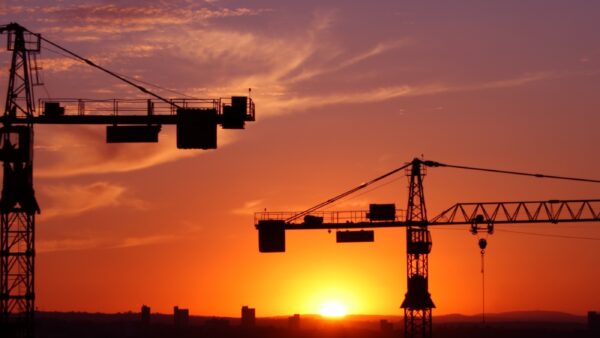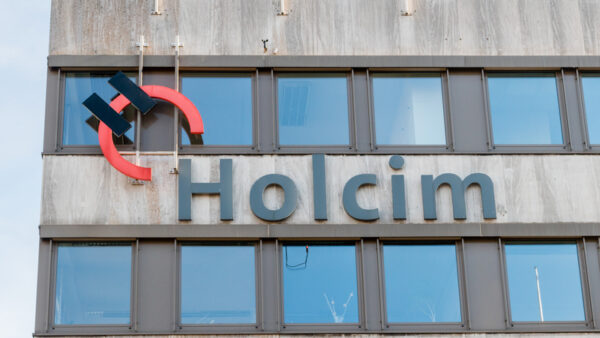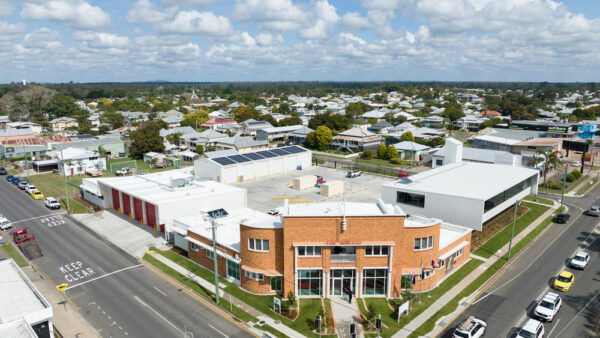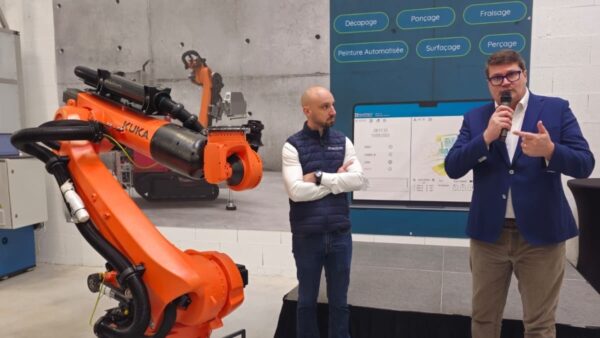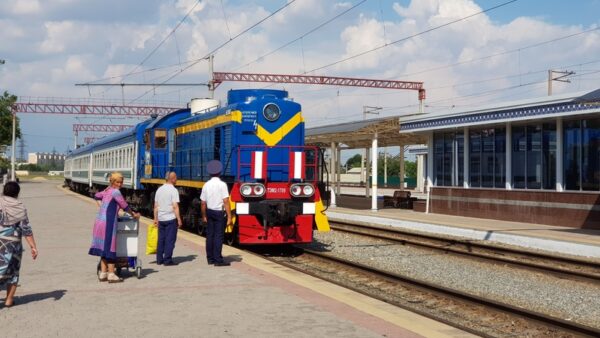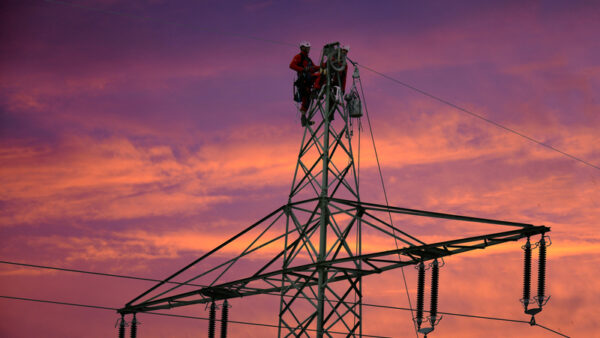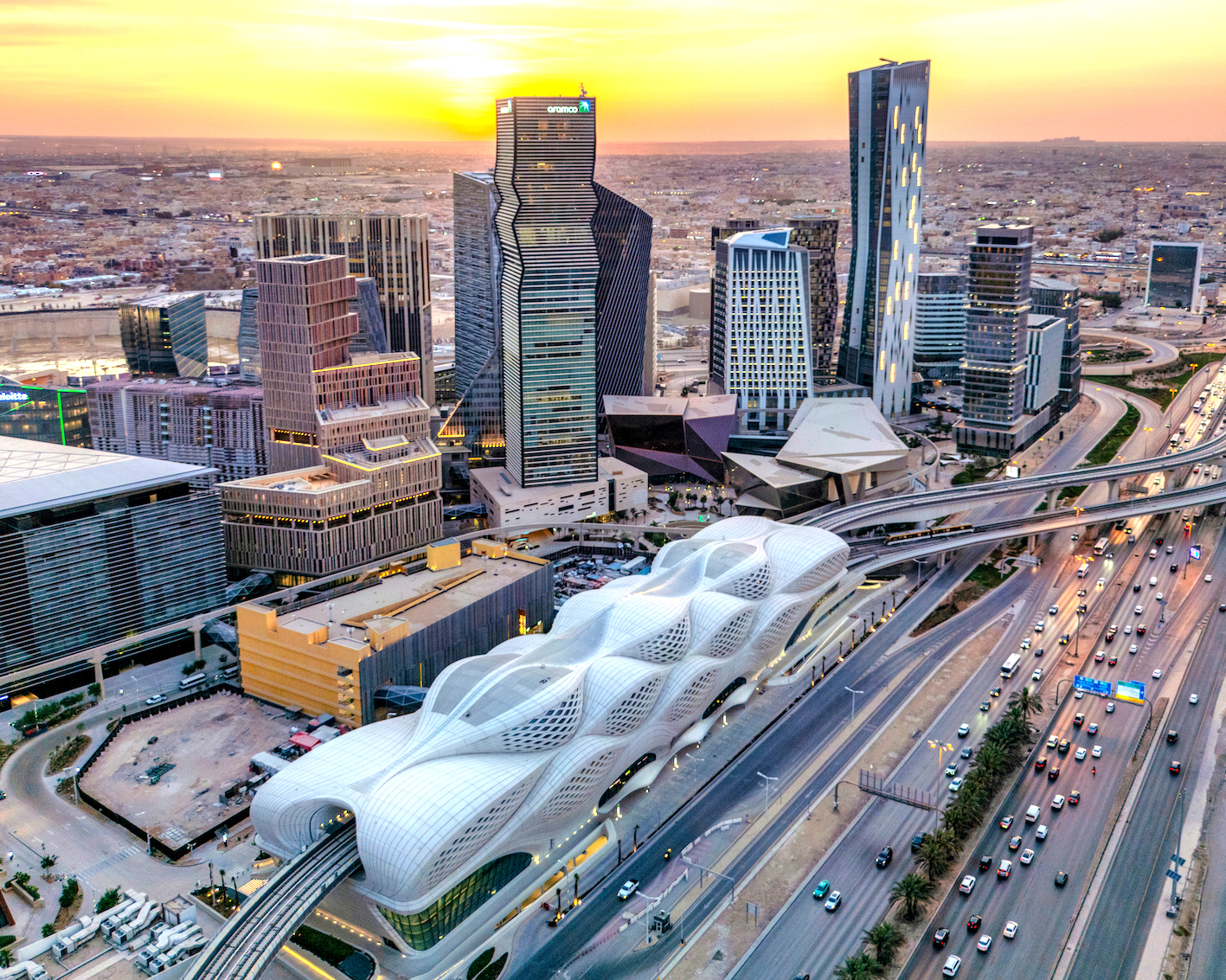
Saudi Arabia’s King Salman officially inaugurated the Riyadh Metro on Wednesday, ending a 12-year megaproject involving dozens of engineering, design and contracting firms from all over the world.
Estimated to have cost in the region of $23bn, the driverless system has six lines totalling 176km, with 85 stations, 34 of them elevated.
Signature architects designed four, iconic interchange stations.
The system is designed to carry up to 3.6 million passengers a day, bringing relief to commuters in a rapidly growing city choked by the cars it was designed for.
Since preparations for the metro began in 2012, Riyadh’s population has grown nearly 40% to 7.8 million.
“Today, Riyadh City is reaping the benefits of this project that will reshape the capital’s image and redefine mobility for its residents and visitors,” said Ibrahim bin Mohammed Al Sultan, chief executive of the Royal Commission for Riyadh City.
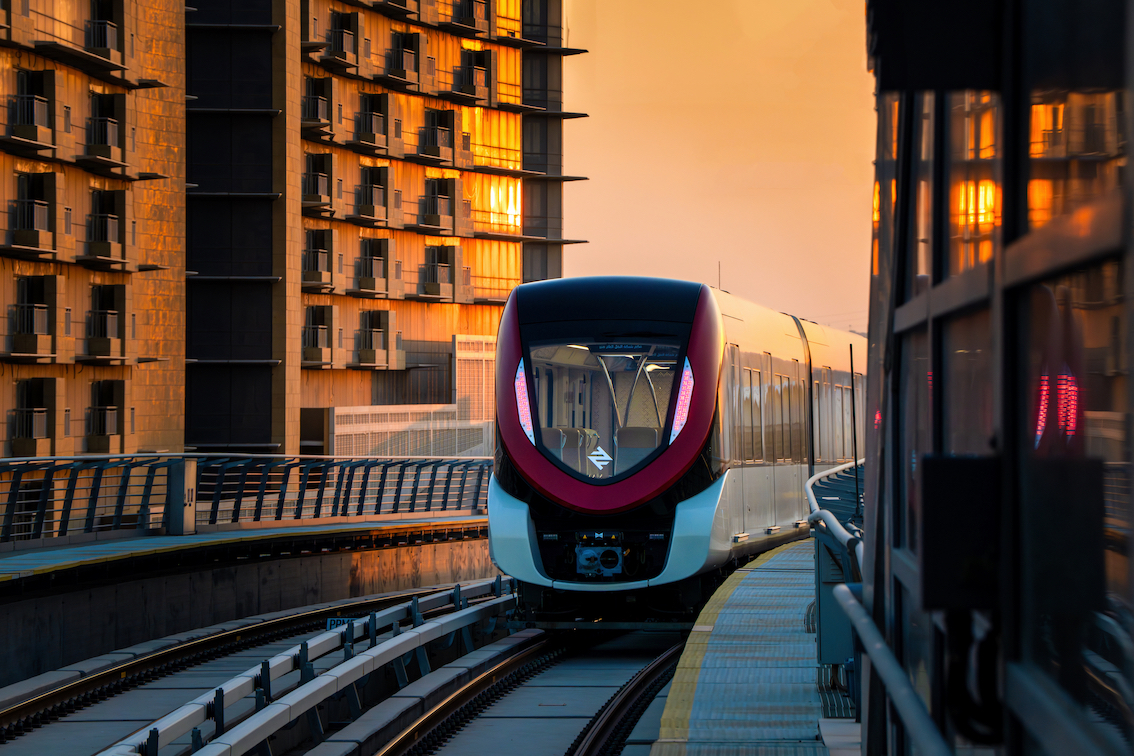
Phased opening
The system will open for passengers in phases, with lines 1, 4, and 6 (Blue, Yellow, and Purple) opening on Sunday, 1 December.
Lines 2 (Red) and 5 (Green) are scheduled to open 15 December, while Line 3 (Orange) is set to open on 5 January.
The builders
In 2013, three international construction and engineering consortia were awarded contracts to design and build the lines and stations.
The “FAST” consortium won the biggest package, delivering lines 4, 5, and 6.
It was led by Spain’s FCC with partners Samsung C&T (South Korea), Alstom (France), Strukton (Netherlands), Freyssinet Saudi Arabia (KSA), Atkins (now AtkinsRéalis, Canada), Typsa (Spain), and Setec (France).
It marshalled 8,000 personnel combining 38 nationalities and 22 languages.
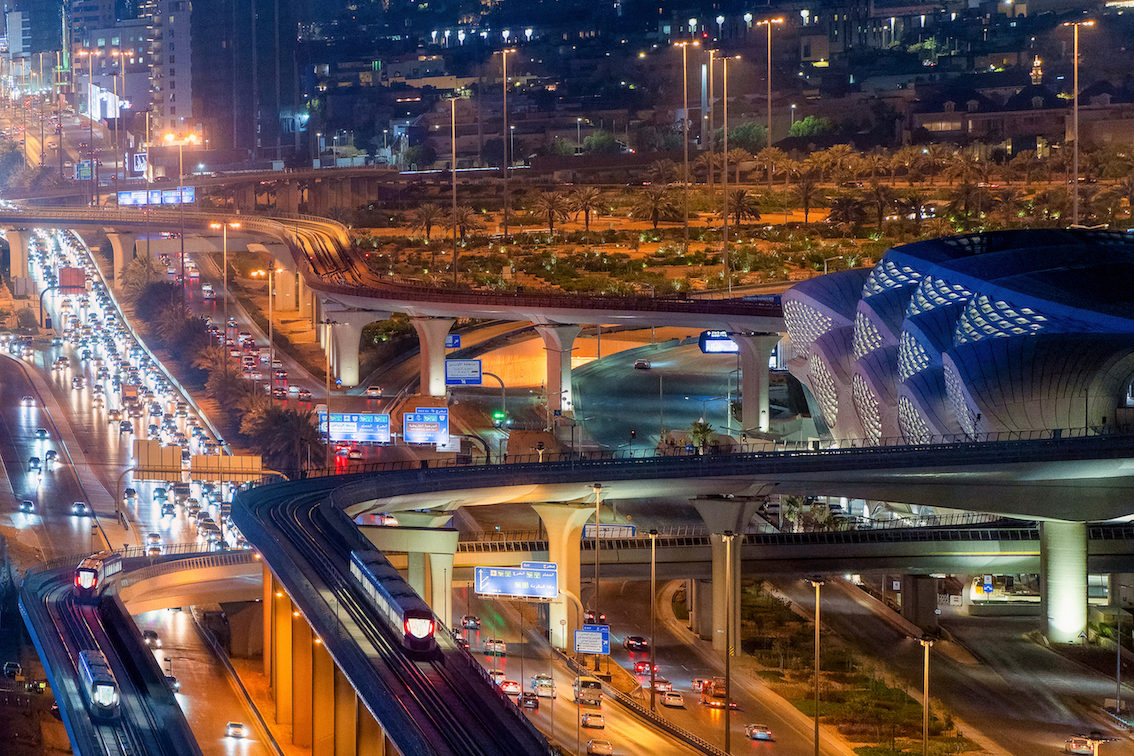
Lines 1 and 2 went to the “BACS” consortium comprising Bechtel (USA), Almabani (KSA), Consolidated Contractors Company (Greece), and Siemens (Germany).
The “ANM” consortium built Line 3. Its members are Webuild (formerly Salini Impregilo, Italy), Hitachi (Japan), Bombardier (now Alstom), Larsen & Toubro (India), Nesma & Partners (KSA), Idom (Spain), and Worley Parsons (Australia).
The “RMTC” consortium of Egis (France), Parsons (USA), and Systra (France) also provided supervisory and project management services for Lines 1, 2, and 3.
Iconic stations
Signature architects designed the network’s four, iconic interchange stations after an international competition organised by RCRC.
Zaha Hadid Architects (UK) designed King Abdullah Financial District (KAFD) station; Snøhetta (Norway) designed Qasr Al Hokm station; Gerber Architekten (Germany) designed STC station; and Omrania (KSA) designed Western Station.
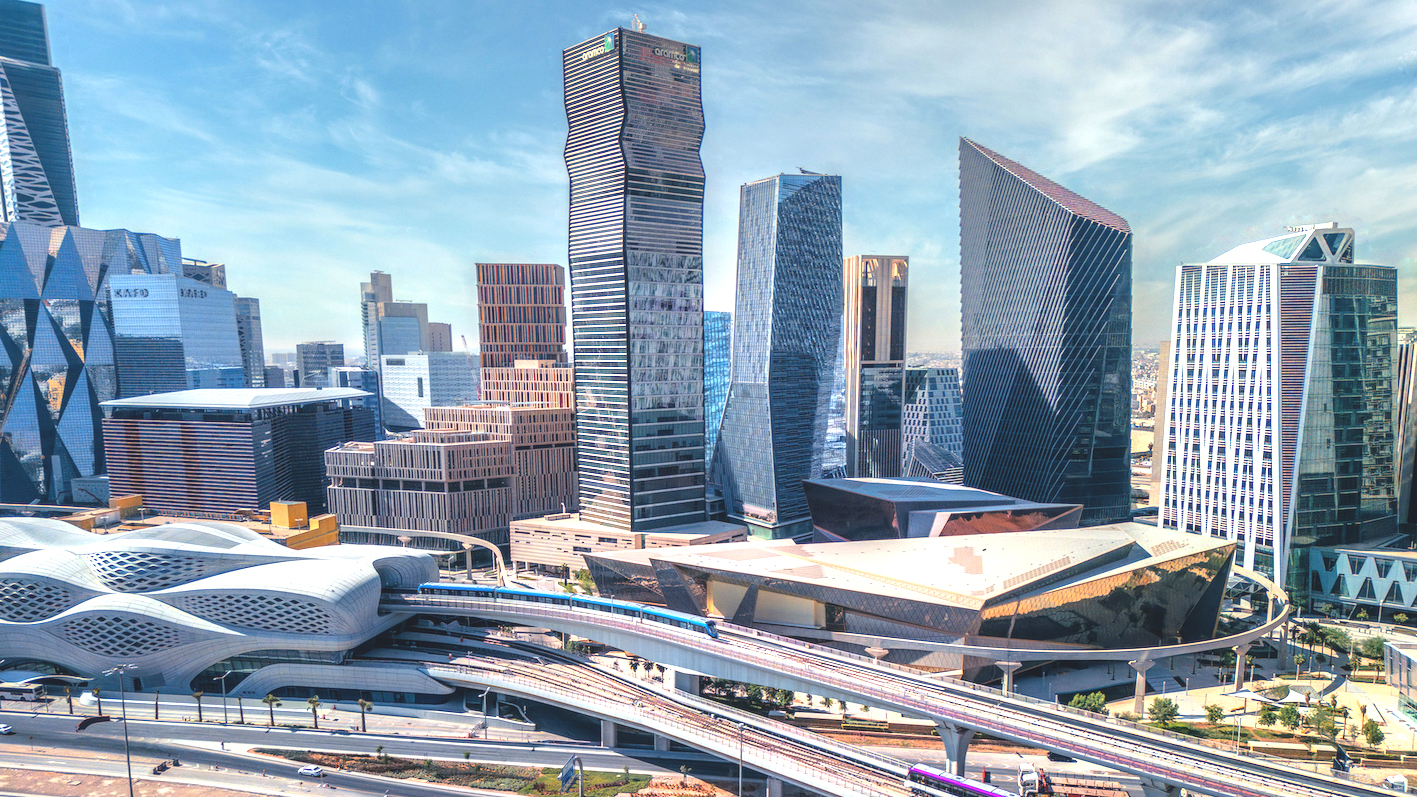
KAFD and Qasr Al Hokm stations have won gold LEED certifications.
The system’s 183 trains were manufactured by Siemens (Germany) and Alstom (with Bombardier, France) to a unified design by Avant Premiere (France).
• Subscribe here to get stories about construction around the world in your inbox three times a week

